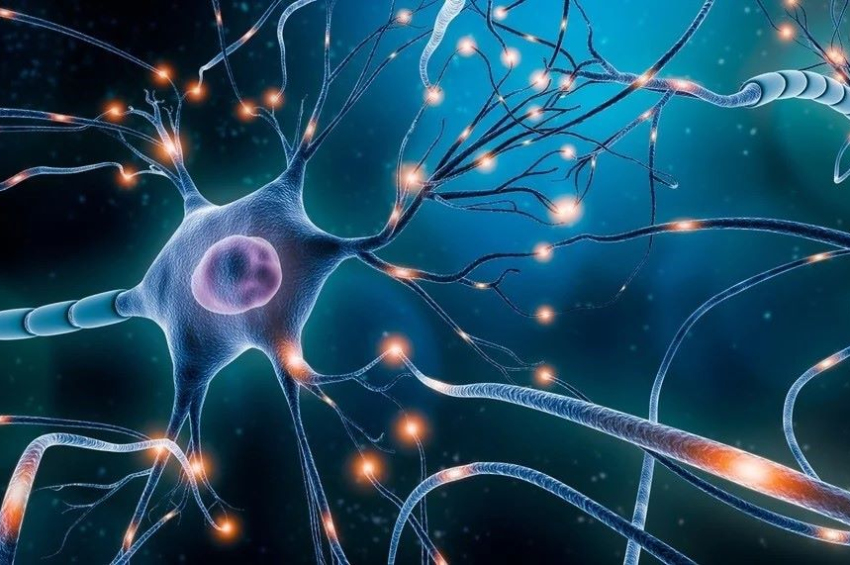Scientists develop artificial neurons that mimic human perception
A team of researchers from Northwestern University and Georgia Tech have engineered organic electrochemical neurons capable of mimicking human-style perception, including real-time tactile sensing and processing. Their work — published in the journal Proceedings of the National Academy of Sciences — marks a significant advance in bridging biology and electronics.
The challenge of artificial perception
Human sensory systems — touch, sight, hearing — are built on a complex network of neurons that adaptively fire in response to environmental stimuli. Reproducing that capability in synthetic systems has long proven difficult, especially using organic and flexible electronics. Conventional artificial neural circuits tend to operate in narrow frequency bands, limiting their responsiveness and realism.
The collaboration between Northwestern University and Georgia Tech aimed to overcome these limitations by designing an artificial neuron with high performance and flexibility, and then integrating it into a full perceptual system — including artificial touch receptors and synapses.
More to read:
[video] Japanese scientists develop robot with living biological muscles
What the researchers achieved
- Broad frequency modulation: The synthetic neuron developed in this study can fire across a frequency range 50 times broader than that of existing organic electrochemical neural circuits.
This flexibility in firing behavior helps more closely approximate real neuronal behavior.
The project has also spanned materials science, organic chemistry, device engineering, and systems integration. Materials innovators developed the organic compounds, device engineers built circuits, and systems researchers integrated the elements.
More to read:
[video] Robotic company builds Spider-Man arms for life in a cyborg society
According to lead author Yao Yao, a Northwestern engineering professor, the study highlights significant progress in organic electronics and their application in bridging the gap between biology and technology.
“We created an efficient artificial neuron with a reduced footprint and outstanding neuronal characteristics. Leveraging this capability, we developed a complete tactile neuromorphic perception system to mimic real biological processes,” he told ScienceDaily.
Implications for the future
This breakthrough brings us closer to machines that perceive the world more like humans. Potential applications include:
- Robotics: Equipping robots with more human-like touch sensitivity, improving their ability to interact delicately with objects and environments.
- Prosthetics and wearables: Creating prosthetic limbs or skins that more naturally respond to touch, pressure, or texture.
- Neuromorphic computing: Building synthetic nervous systems that process analog sensory data more efficiently, with lower power and greater adaptability than conventional digital circuits.
More to read:
Research: Artificial reefs can mimic real coral reefs
However, challenges remain. The researchers aim to further shrink device size, improve robustness, and scale to large networks of synthetic neurons — steps necessary for truly lifelike sensory systems.
The project was supported by agencies including the U.S. Air Force Office of Scientific Research, the National Science Foundation, and China’s National Science Fund for Distinguished Young Scholars and National Natural Science Foundation.






